|
Spring has sprung, with daffodils nodding in the frosty air and trees starting to bud out. So it seemed apt to celebrate with another tea party! Once again, our tiny tea party with just one friend featured all-vegetarian recipes, since said friend is a vegetarian. And also because chicken salad, while delicious, seems lazy when you're looking for something new and interesting to try. This one featured recipes from a new cookbook acquisition, The Lunch Box and Every Kind of Sandwich by Florence Brobeck. My edition was published in 1949, although I believe the original was published sometime in the 1930s. It's also a bright orange library binding without the original dust jacket. So no pretty cover to show off this time! Unlike last time, my ambitious list didn't go QUITE as planned. Adapting historic recipes can be like that. 1940s Spring Tea Party MenuOpen-Faced Radish and Butter Sandwiches on White Open-Faced Cucumber and Cream Cheese Sandwiches on Rye Blue Cheese, Pecan, and Celery Sandwiches on Whole Grain 1940s Whole Wheat Honey Quick Loaf 1940s "Plain Buns" with Butter and Jam Fresh Sugared Strawberries Strawberry Lazy Daisy Cake Walnut Tassies Hot Cocoa Tea with Cream and Sugar The SandwichesRadish and butter sandwiches just scream spring to me, and they're very easy to put together. To make things extra fancy, cut sliced bakery bread (not the squishy kind from the bread aisle - hit the bakery and get peasant, sourdough, brioche, or in a pinch, French or Italian bread) with a cookie or biscuit cutter into rounds. Spread with soft butter, top with thinly sliced radishes, and a sprinkling of salt (I used pink Himalayan). The salt is what makes the radishes look wet, but adds a nice flavor. Open-faced cucumber sandwiches are equally easy. Make a cream cheese spread with softened cream cheese (15 seconds in the microwave does the trick), and thinly sliced scallions and dried dill. You can use jarred garlic or minced sweet onion instead of scallions. Spread it on any kind of rye bread. Top with English (a.k.a. seedless - even though they're not - or burpless) cucumbers. If you're hungry, top with another slice of bread spread with the cream cheese mixture, otherwise serve open-faced (which is prettier and more Scandinavian). If you're going really fancy, use fresh dill in the cream cheese and top each sandwich with a sprig of fresh dill. The little square sandwiches were a mashup of two recipes from the The Lunch Box - "Roquefort Cheese and Celery" and "Pecan and Celery" fillings. I decided to mash them up - literally - into one, slightly more interesting filling. I mixed a quarter pound of very soft blue cheese with about a cup each of diced pecans and finely minced celery, with a splash of Worcestershire sauce. It was a curious mixture. Next time I would probably add cream cheese to temper the blue cheese a little, and maybe add some scallions and/or smoked paprika. But otherwise it was quite nice on squares of thinly sliced whole grain bakery bread. Half the fun of tea sandwiches is the fun and dainty shapes you create. I always find it easier to slice the bread first, and then fill, but some people do it the other way around. Whole Wheat Honey Quick LoafWhen one encounters a recipe entitled "Honey Bread," one expects it to taste of, well, honey. Instead, the spicing of this little quick bread leaves the impression of gingerbread more than honey. Curiously, the recipe also contains no fat. I was skeptical, but aside from an accidental overbaking (which I think dried it out), it turned out fairly decently, if scarcely tasting of honey. I followed this recipe pretty much to the letter. It makes a tall loaf with a springy crumb - not at all the crumbly, moist, cake-like texture we come to associate with most quick breads today. Much more like true bread texture than cake. Here's the original recipe: 2 cups flour (I used white whole wheat) 1 teaspoon baking powder 1 teaspoon soda 1 teaspoon salt 1 teaspoon ground ginger 1/2 teaspoon ground cinnamon 1 egg 1 cup milk 1/2 cup liquid honey Sift the flour and measure it; then sift three times with the dry ingredients (or if you're lazy, just whisk everything together). Beat the egg with the milk, and stir this into the dry ingredients alternately with the honey. Beat and pour into a greased loaf pan. Bake in a moderate oven (350 degrees F.) about forty-five minutes or until done. Tip out of the pan and cool on a rack. Serve with salted butter, honey butter, and/or jam. 1940s "Plain Buns"This recipe is deceptive. The title, "Plain Buns" is not accurate - flavored with lemon zest and currants (I used golden raisins), the flavor was surprisingly strong and delicious. Designed to be used with cake yeast, all I had was rapid rise yeast, so I think they got a little overproofed. I'm going to try making them with active dry yeast again, so I won't comment too much on what I did, and just give you the original recipe: 1 cup scalded milk 1 tablespoon sugar 1 yeast cake 1 cup flour 2/3 teaspoon salt 1/4 cup butter or margarine 1 tablespoon lard or shortening 1/4 cup sugar 1/2 lemon, grated rind 1 cup seedless raisins or currants (I used golden raisins) 2 or more cups flour 1 egg yolk Scald the milk, add the sugar to it and, when it has cooled to lukewarm, add the yeast cake broken into small pieces. Cover this and let it stand twenty minutes. Then stir in one cup of sifted flour mixed with the salt. Cover and let this rise until light. Work the butter and lard together until creamy, add gradually the sugar, then the lemon rind. Combine with the first mixture, add the sifted flour (about one and one-half cups) to make a stiff sponge. Beat it well. Cover and let it rise again. Then add chopped raisins or currants and enough more sifted flour to make a soft dough. Cover and let rise again. Then pull off pieces and shape into large rolls. Arrange on a greased baking sheet one inch apart, cover them, and let rise again. Then brush them over with egg yolk, diluted with one teaspoon of water. Bake in a moderately hot oven (375 degrees F.) twenty minutes. This makes twenty to twenty-four buns. Obviously I didn't let rapid rise yeast go through fours separate rises! But I think it still overproofed a bit. I also forgot the egg wash! Which meant the buns looked a bit more like rocks. But they sure tasted good, and that's what mattered. If you enjoy the citrusy flavor of hot crossed buns, you'll love these. Strawberry Lazy Daisy Cake & Walnut TassiesI've made Strawberry Lazy Daisy Cake before, but this time I was somehow out of coconut, so I used chopped pecans for the topping as chopped nuts are the other traditional topping ingredient. Not QUITE as good as the coconut, but still yummy. Sadly for you, I did not make the walnut tassies (my friend did), and thus cannot share the recipe. However, she, like I did, had to make some substitutions! For Walnut Tassies are supposed to be Pecan Tassies, but my friend was out of pecans, so walnuts it was. The original recipe is supposed to be like tiny pecan pies, but tiny walnut pies were equally good. One of the primary joys of tea parties, of course, is in the dishes. I've got my vintage Fire King Azurite Charm teacups and saucers, with newly acquired luncheon plates, some milk glass compotes with sugared strawberries in them, milk glass D ring mugs for cocoa, and assortment of vintage servingware in springy shades, on a vintage floral tablecloth. With tulips in the middle, of course. If you missed the last spring tea party, you can check it out here, with a promise of more to come! Have you had a tea party recently? What favorite food did you feature? Tell us in the comments! The Food Historian blog is supported by patrons on Patreon! Patrons help keep blog posts like this one free and available to the public. Join us for awesome members-only content like free digitized cookbooks from my personal collection, e-newsletter, and even snail mail from time to time!
1 Comment
I love winter, don't get me wrong, and the frequent snowstorms and squalls we've been having here in New York have actually lifted my spirits more often than not. I vastly prefer fluffy white snow and prettily iced trees to muddy brown landscape and grey days. That being said, sometimes you just need to brighten your day, and this was exactly the little escape I needed. I spent the morning cooking and baking, a friend brought cookies and tulips, and we sat down to a delightful tea party, complete with my new favorite electric tea kettle. It was an excuse also to use some of my extensive collection of vintage glassware. I didn't match, but that was okay. Who can say no to hobnail compote dishes and Charm teacups?
Vegetarian Spring Tea Party Menu
Deviled Eggs
Lentilwurst Sandwiches with Mustard on Pumpernickel Cucumber Sandwiches With Herbed Cream Cheese on White Ruby Red Grapefruit Sections in Light Syrup Oatmeal Nutmeg Scones Citrus Yogurt Olive Oil Cake Chocolate Chip Cookies Hot Cocoa Assorted Tea with Cream and Sugar
I seriously considered making Earl Grey madeleines, and maybe cream biscuits with assorted jams, but with only three of us, this was plenty. We remarked on the funny thing about tea parties is that everything is fairly small, so it doesn't seem like much food, but it certainly fills you up quickly!
The menu was fairly easy. Our friend brought the cookies, the grapefruit was pre-sectioned from the refrigerated produce section of the grocery store. The most involved recipe was the citrus yogurt olive oil cake, which was okay, but not as nice as I had hoped, so I'm not going to include the recipe here. I made this tea party vegetarian in part because our friend is vegetarian, but also because vegetarian food just seems a bit lighter and more appropriate for a tea party. You can satisfy even the heartiest appetite with lentilwurst sandwiches - the mushroom/lentil mixture really does smell and even taste like sausage, thanks to the mix of herbs and spices. I first made lentilwurst back for our White Christmas themed party, and I've made it several times since. Cucumber Sandwiches
What is a tea party without cucumber sandwiches? I went extra-fancy here and cut rounds out of the centers of soft white sandwich bread (the bakery kind, not the pre-sliced kind). Frankly, it didn't make a lot of rounds, so I left these open-faced. I'm saving the outer scraps for bread pudding later this week. The rest of the recipe is simple. You'll need:
1 package neufchatel cream cheese 2 scallions dried dill weed a tablespoon or two of milk, cream, or buttermilk 1 English (or burpless/seedless) cucumber white bread rounds Soften the cream cheese at room temperature. Thinly slice the scallions, white and green parts, and add to the cream cheese with the dill weed and liquid. With a fork, mash the lot together until well mixed. Spread onto the rounds of bread and top with thin slices of cucumber. If you want to be extra fancy, you could garnish with fresh dill or chives. The bread will dry out as you let it sit out, so try to do these sandwiches at the last minute, or cover and refrigerate them. Deviled Eggs Recipe
Deviled eggs are one of my favorites, but I find most deviled eggs that other people make to be rubbery and bland. There are three tricks to deviled eggs - don't overcook the eggs, boil the eggs the same day you plan to serve them, and make the yolk filling smooth, creamy, and generous.
12 large eggs 1/4 cup mayonnaise 1/4 cup sour cream 2 tablespoons Dijon mustard In a large pot, cover your eggs with cold water by several inches. Bring pot of cold water to a boil over high heat and let boil for 1-2 minutes. Then turn off heat, set a timer for 15 minutes, and let eggs continue to cook as the water slowly cools down. When the 15 minutes are up, remove the eggs to a bowl of ice water to stop cooking and cool down. Peel the eggs (crack them under water for easiest peeling), halve them, and remove the yolks. With a fork, mash the yolks finely until there are no chunks left and the yolk mixture is powdery. Then add 2 tablespoons Dijon mustard, and 1/4 cup each mayo and sour cream. Mix well. If the mixture seems dry, add another spoonful of mayo and sour cream, until the yolk mixture is fluffy, but not runny. Fill the eggs generously, in the hollow left by the yolk and pile some more on top. I just use a spoon and dollop, but you can fill a pastry bag or a plastic sandwich bag with the end cut off if you want something a little more polished-looking. If desired, garnish with paprika, black pepper, and/or chopped chives, but I like mine plain. Keep cool until ready to serve, and watch them fly off the tray. Oatmeal Nutmeg Scones
Scones are another essential part of a tea party. These are my absolute favorite recipe, straight from the eminent Dorie Greenspan. I didn't make too many changes, except halfway through the recipe I realized I only had room temperature butter. Thankfully, my husband reminded me of the several pounds of butter in our chest freezer, so instead of cutting in cold butter like the recipe calls for, I grated frozen butter and mixed that in, which worked well. These scones have a nutty, toasty, nutmeg-y flavor and using fresh-grated nutmeg really makes a difference, although you shouldn't use quite as much as pre-ground nutmeg
1 egg 1/2 cup cold buttermilk 1 2/3 cup all-purpose flour (I used white whole wheat) 1 1/3 cup old fashioned rolled oats 1/3 cup sugar 1 tablespoon baking powder 1/2 teaspoon baking soda 1/2 teaspoon salt 1/4 teaspoon nutmeg 10 tablespoons cold, unsalted butter (1 stick, plus 2 tablespoons) Preheat the oven to 400 F. In a small bowl, whisk together the egg and oatmeal. In a larger bowl, whisk all dry ingredients together, than cut in butter (or used grated frozen butter). Add egg mixture and toss with a fork until mostly combined. Knead a few times until the remaining flour is absorbed, then pat into a round and cut into wedges. Bake 20-22 minutes or until golden. Cool for a few minutes before serving. Serve warm with plenty of salted butter. Perfect Tea
The one lovely thing about using an electric kettle for tea is you can have the kettle right at the table, which is what we did. Cooking at table with electric appliances was common in the 1930s and '40s, especially at breakfast. It was fun to be able to recreate that fashion today! Plus, being able to reheat the water right at the table certainly made a difference in refills.
In all, this teensy little party was super fun, and I'm definitely having a tea party again! Something about getting out the fancy dishes, fresh flowers, a candle or two, an assortment of tempting little treats, and plenty of hot tea makes everything better. Plus I have plenty of other recipes to share. So many, in fact, I'm considering writing a little tea party cookbook. Would you be interested if I did?
Have you ever had a tea party? Do you have favorite tea cups and dishes? Tell us in the comments!
The Food Historian blog is supported by patrons on Patreon! Patrons help keep blog posts like this one free and available to the public. Join us for awesome members-only content like free digitized cookbooks from my personal collection, e-newsletter, and even snail mail from time to time!
For those of you who have been following along, this is part of my "Dinner and a Movie: White Christmas" series! I wanted something to go nicely with the Vermont Parsnip Chowder, so I thought Vermont Graham Muffins would do very well, indeed. Graham flour is entire wheat flour (not to be confused with regular whole wheat flour, which is usually just white flour with some of the wheat germ added back in). Named after 19th century health reformer Sylvester Graham, it was one of the only parts of his largely unpalatable health and religious reforms, many of which were later adopted by Seventh Day Adventist prophet Ellen G. White and even later by John Harvey Kellogg, that was widely accepted by the general public. Graham pudding, graham gems, graham bread, graham muffins and eventually, yes, graham crackers (which would have appalled Sylvester), were all prevalent in cookbooks throughout the 19th and into the 20th century. And Kellogg used graham flour in his "Granula" cereal. Graham flour came to be widely associated with New England in the late 19th and early 20th centuries. This particular recipe I found in the absolutely delightful The United States Regional Cook Book, edited by Ruth Berolzheimer. My edition was published in 1947. It has a whole section on New England foods (among others), and "Vermont Graham Bread" is included in the chapter, "Breads, Quick Breads, and Pancakes." Vermont Graham (or Rye) MuffinsThe original recipe is geared towards a loaf of bread, but who wants to wait a whole hour for bread when you can have muffins in half the time? I should also confess that after all the rhetoric about Graham flour, I could not find any in the store, and I thought I had regular whole wheat flour at home. Wrong. So I substituted rye flour (an equally New England ingredient) and it was delightful. So feel free to substitute whole wheat, rye, or even spelt flour, if you like. I also made my own "buttermilk" with a tablespoon of lemon juice per cup of whole milk, but this recipe would probably be a smidge more moist with real buttermilk. This is my take on the original recipe, with the listed additions for muffins. 1 cup all-purpose flour 1 1/2 teaspoons baking soda 1 teaspoon baking powder 1 teaspoon salt 1/2 cup packed brown sugar (feel free to use less) 2 cups buttermilk 2 cups graham flour (or rye) 4 tablespoons butter, melted (half a stick) Preheat the oven to 375 F. Grease a standard muffin tin. Whisk together the all-purpose flour, graham flour, baking soda and powder, salt, and brown sugar until well combined (try not to leave any brown sugar lumps, but don't worry if you do). Stir in the buttermilk and melted butter. Spoon into muffin tins (makes a dozen) and bake 30 minutes, or until muffins are golden brown and spring back to the touch. Remove from tins and cool on a wire rack. Serve warm with plenty of butter. These muffins taste slightly reminiscent of bran muffins, but are more like bread and less like the sugary sweet breakfast cakes most of us associate with the word "muffin." They are a bit sweet, so feel free to cut back on the brown sugar a bit if you're looking for something strictly more bread-like. They are best when served warm with butter, but are perfectly adequate cold as well. Do you think graham muffins go with White Christmas (1954)? Let me know in the comments! And be sure to follow the White Christmas tag or visit the original menu post for the rest of the White Christmas Dinner and a Movie menu. Want to see more Dinner and a Movie posts? Make a request or drop your suggestions in the comments! The Food Historian blog is supported by patrons on Patreon! Join us for awesome members-only content like free digitized cookbooks from my personal collection, e-newsletter, and even snail mail from time to time! |
AuthorSarah Wassberg Johnson has an MA in Public History from the University at Albany and studies early 20th century food history. Archives
July 2024
Categories
All
|
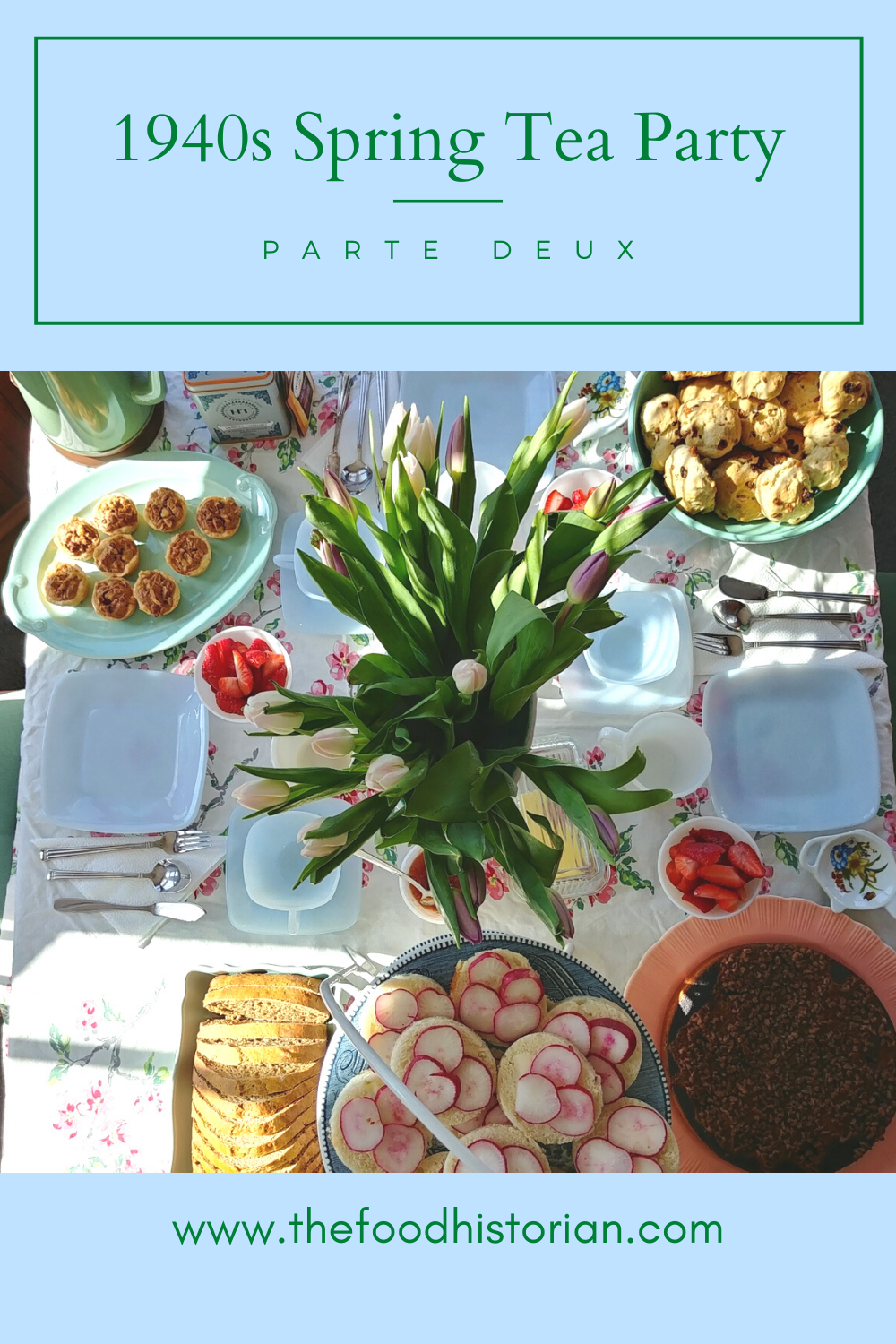
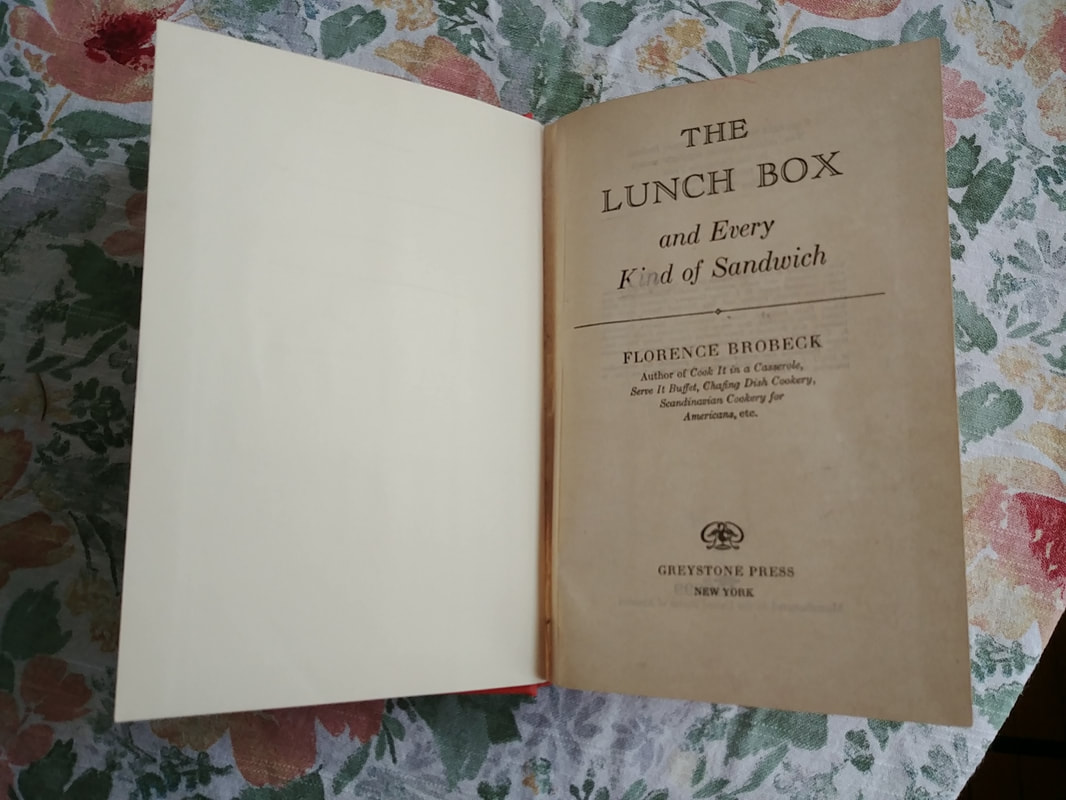
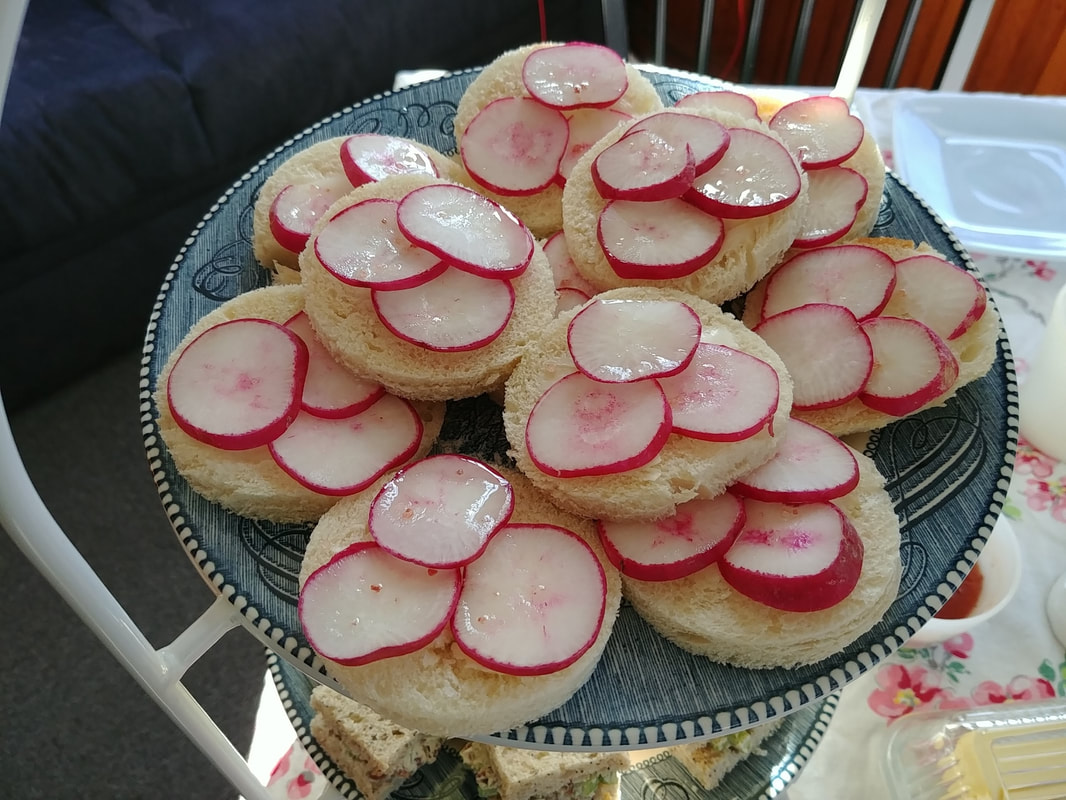
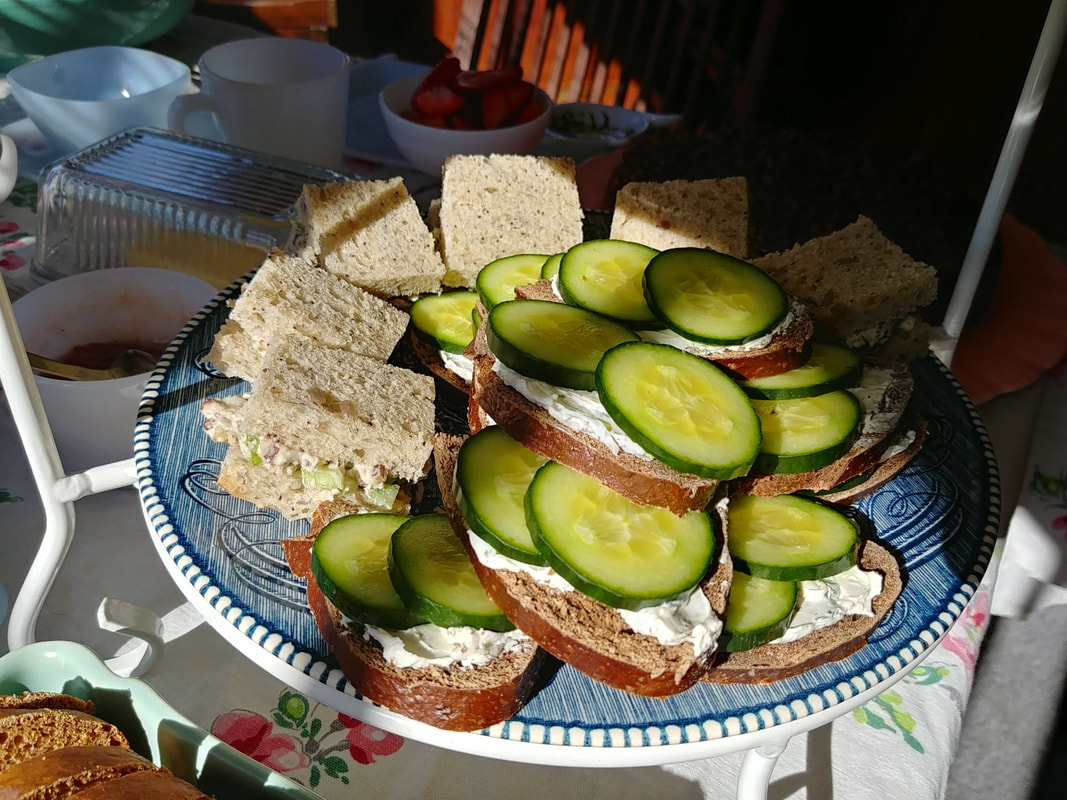
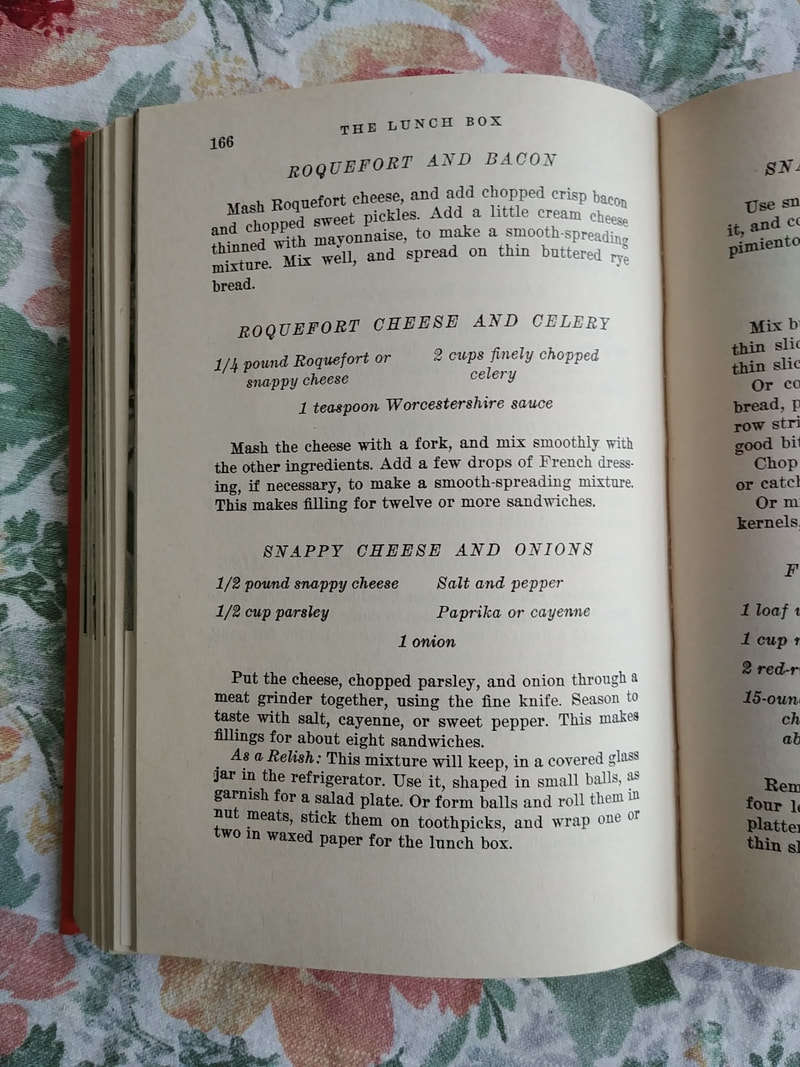
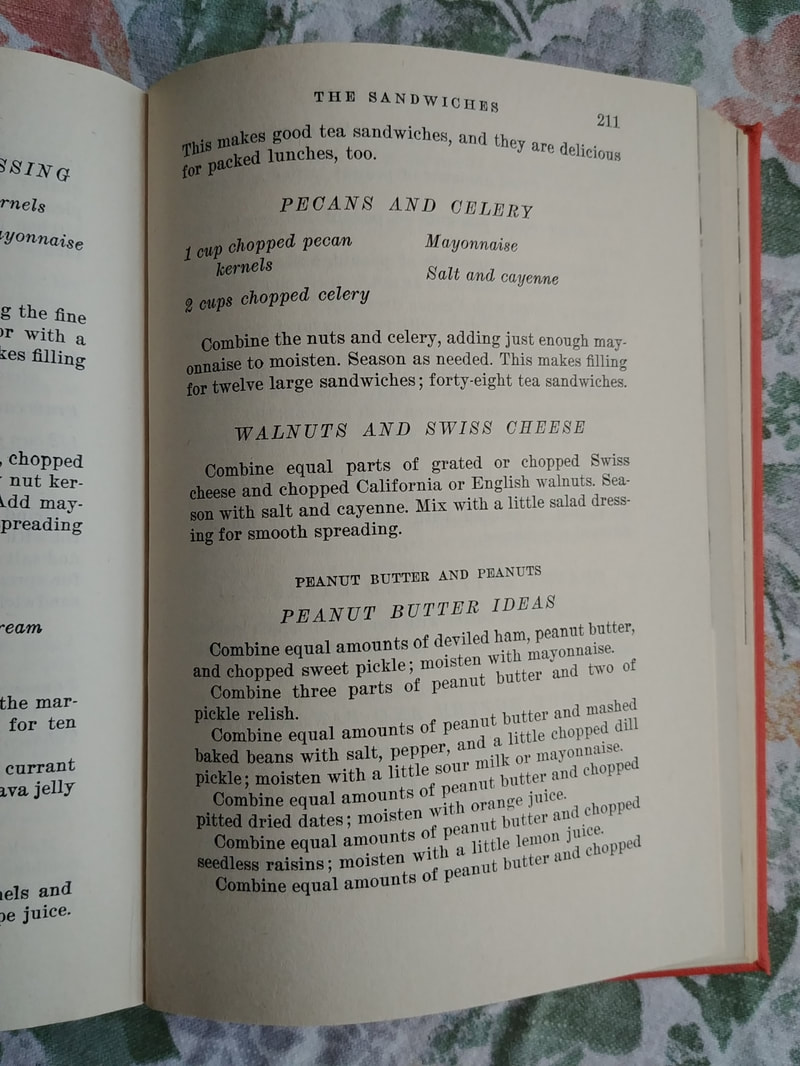
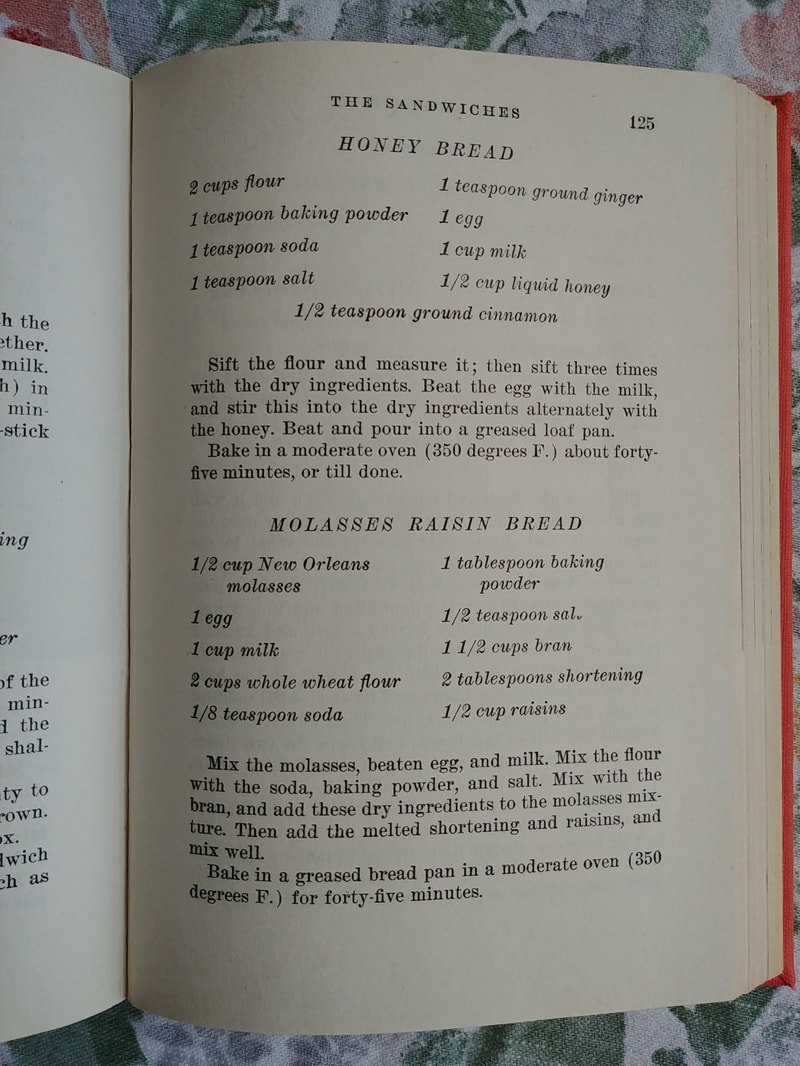
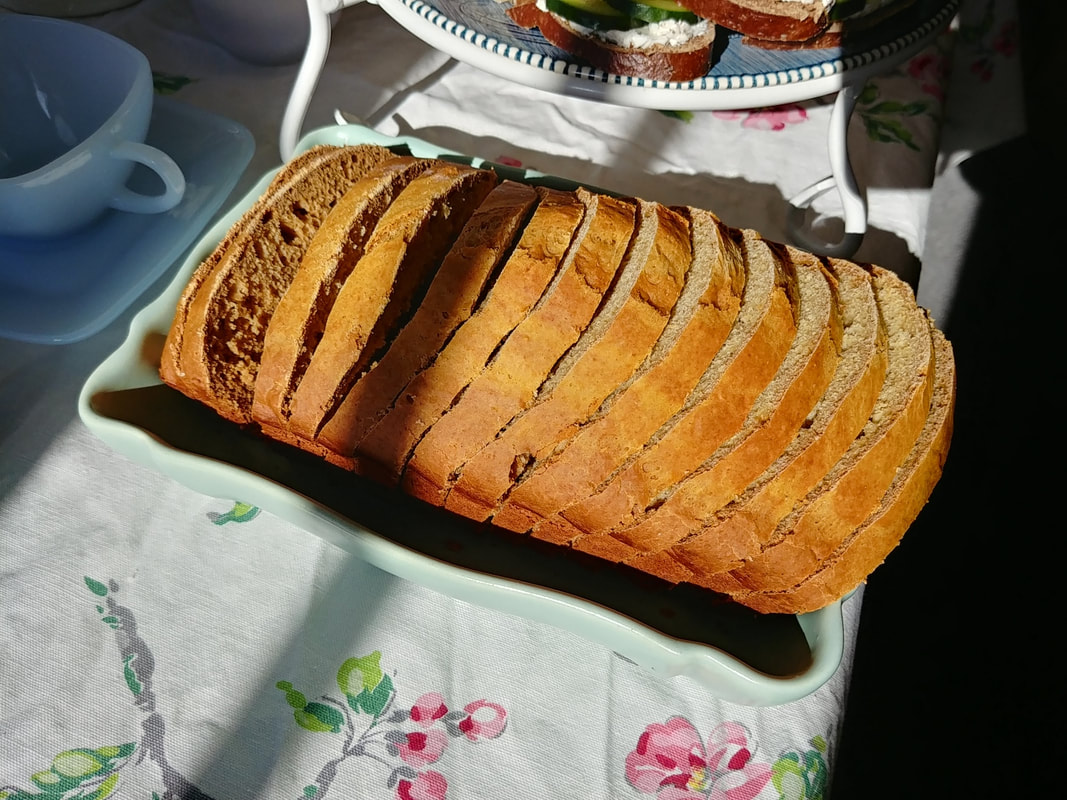
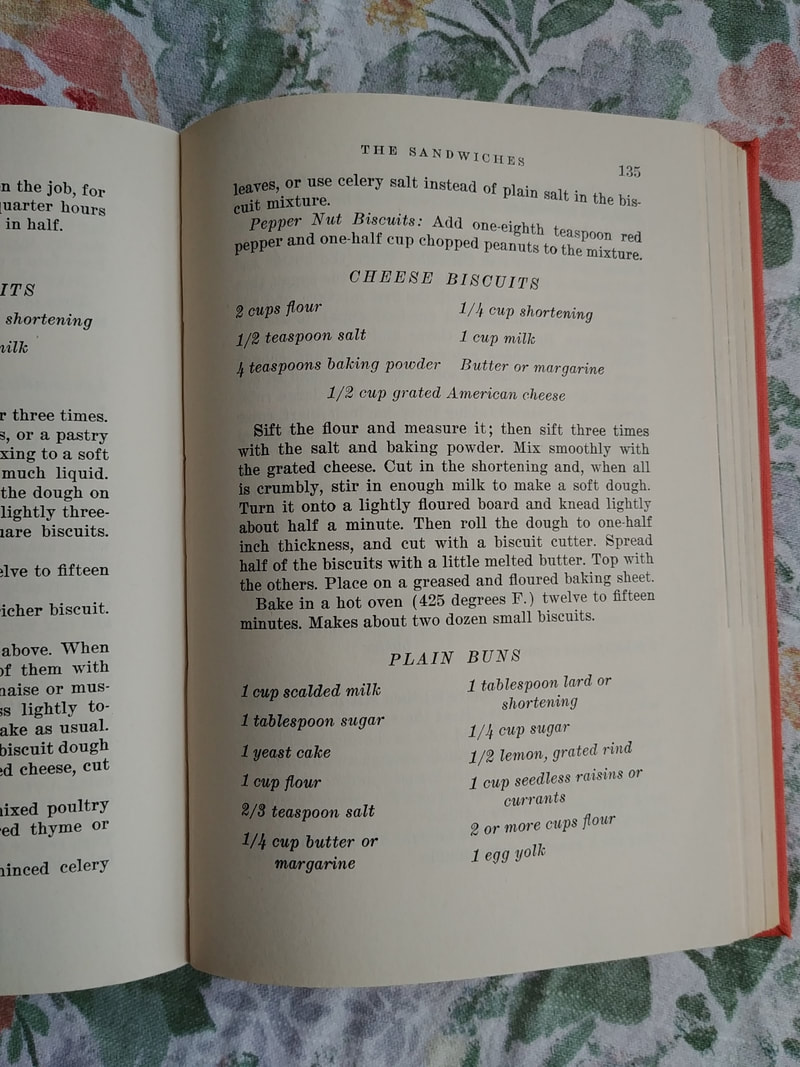
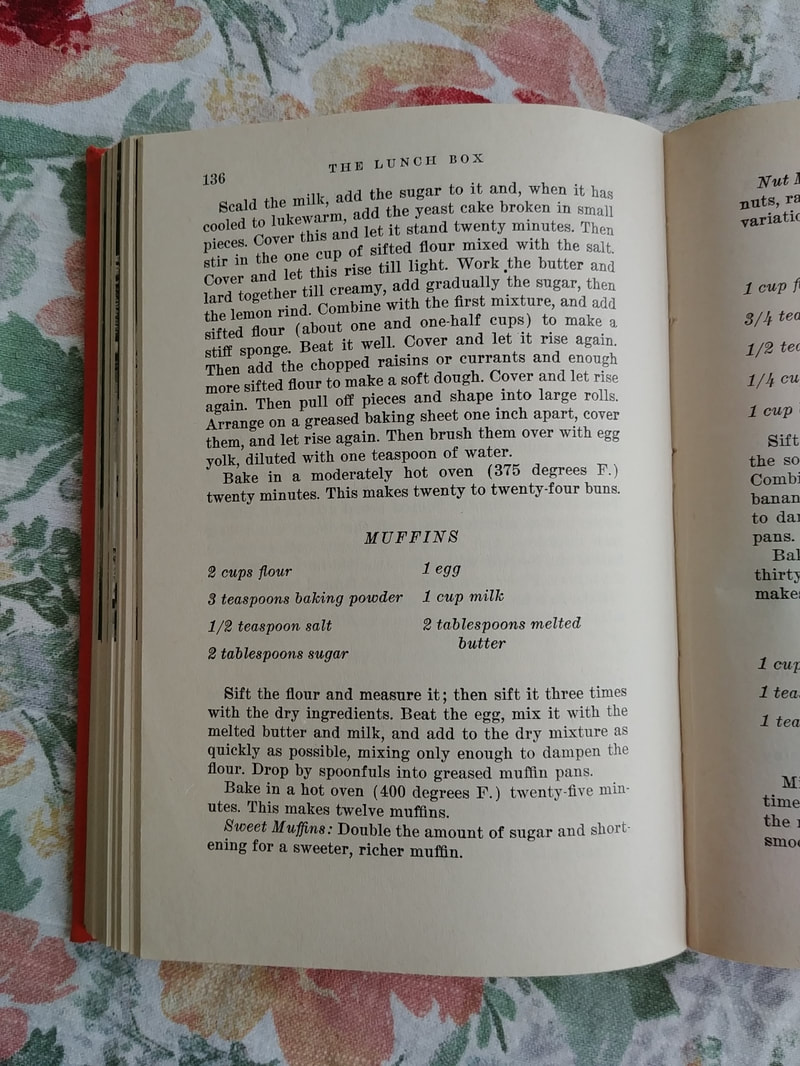
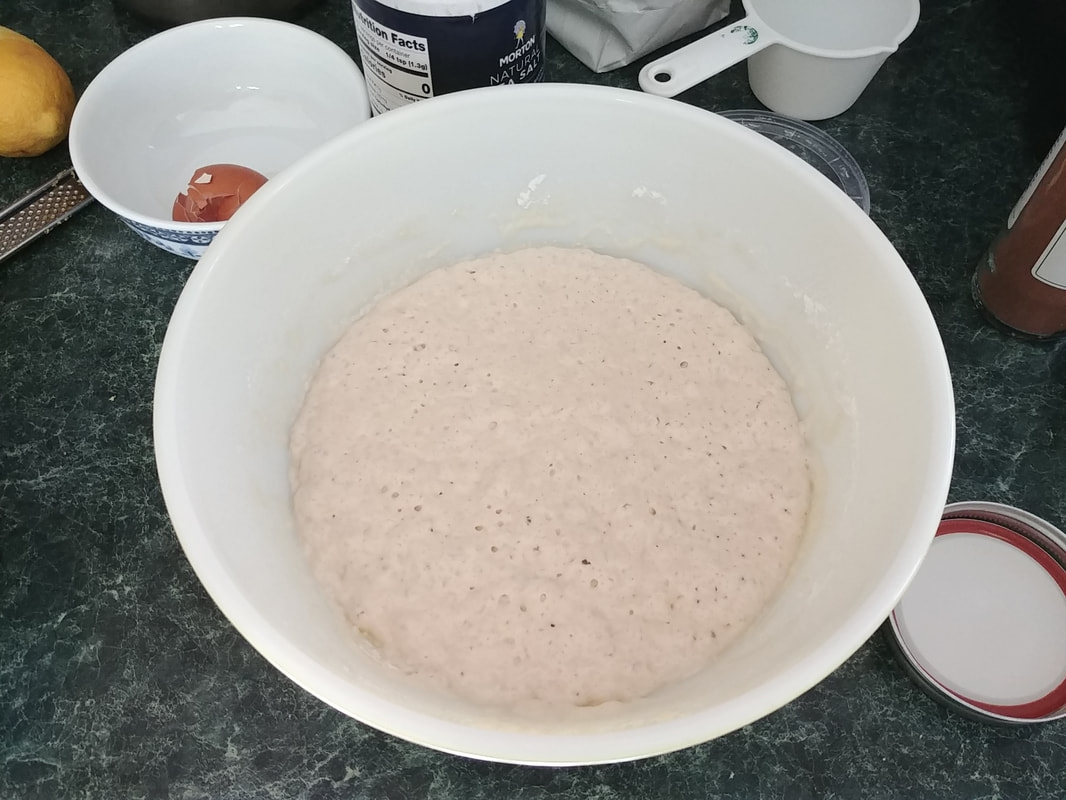
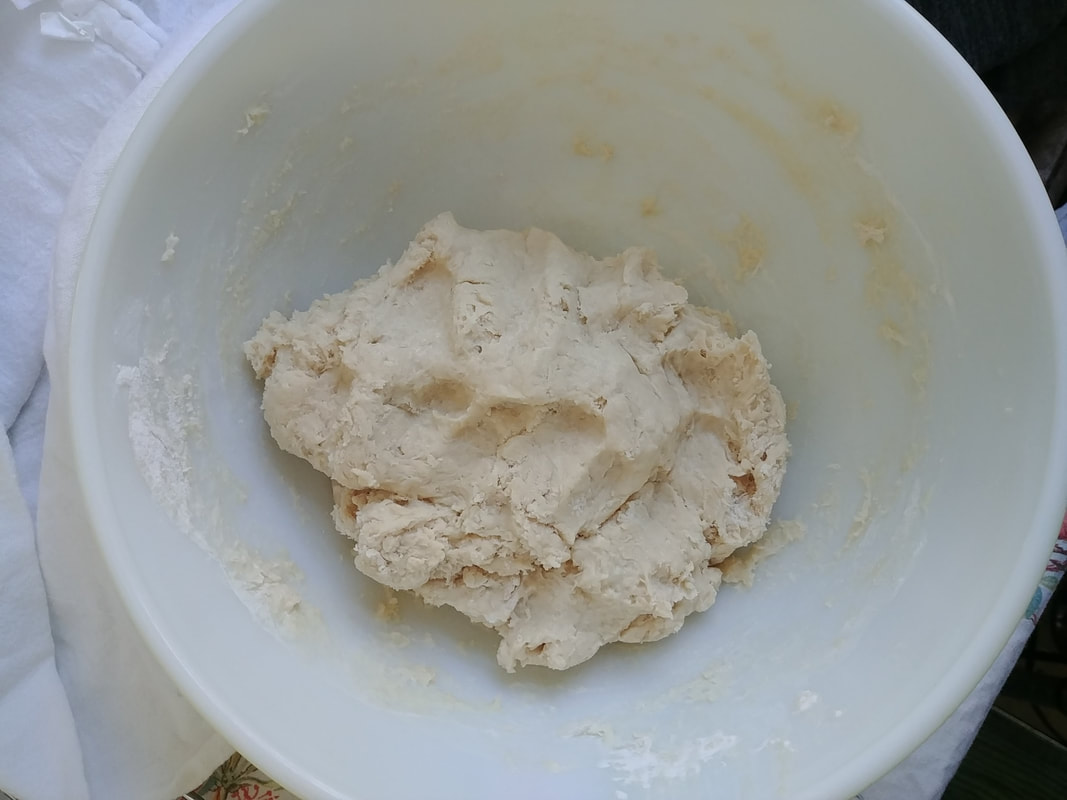
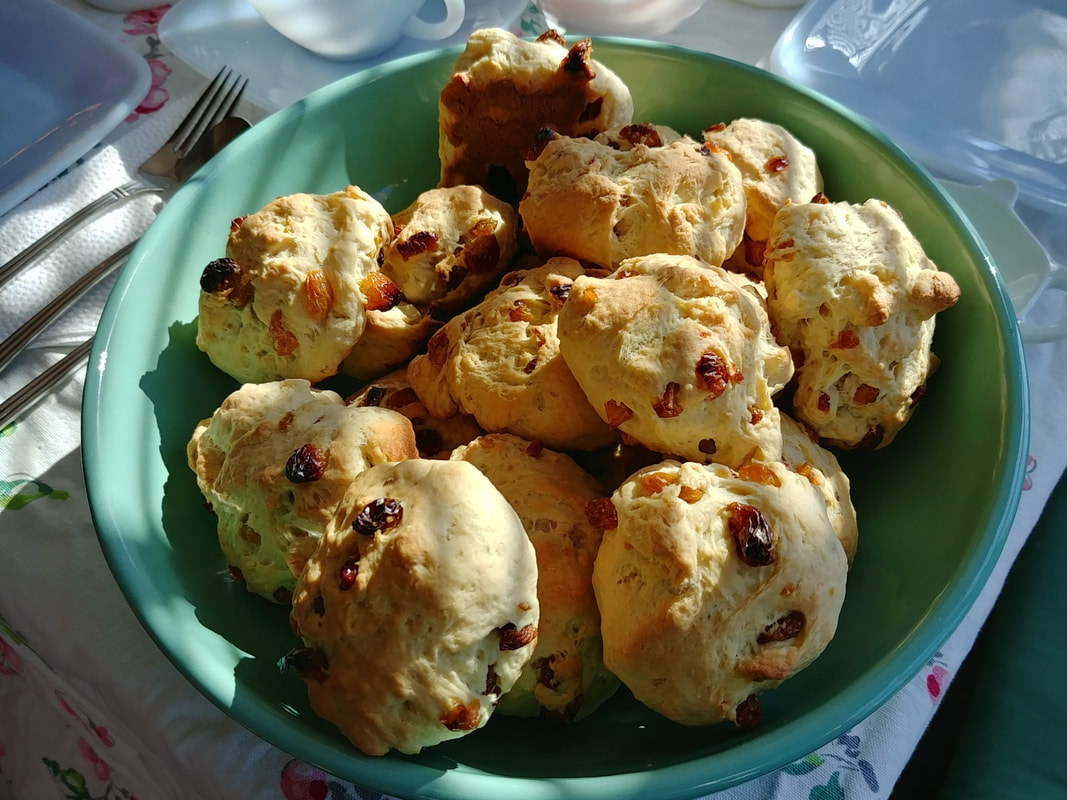
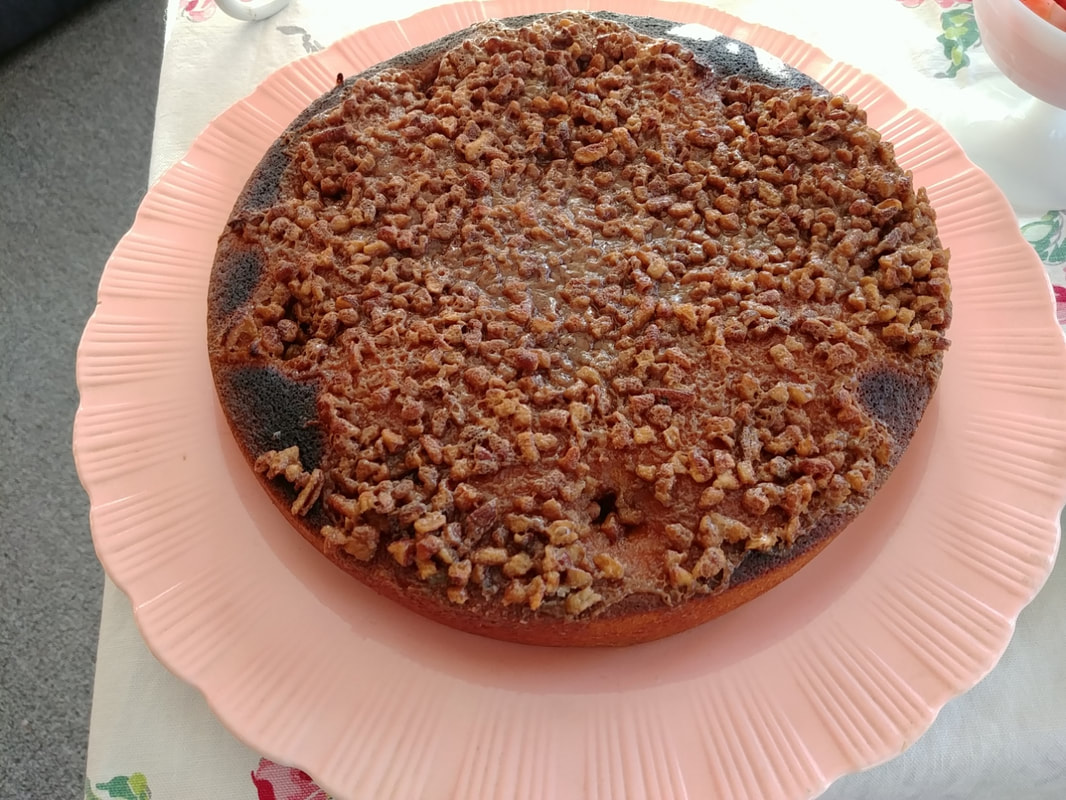
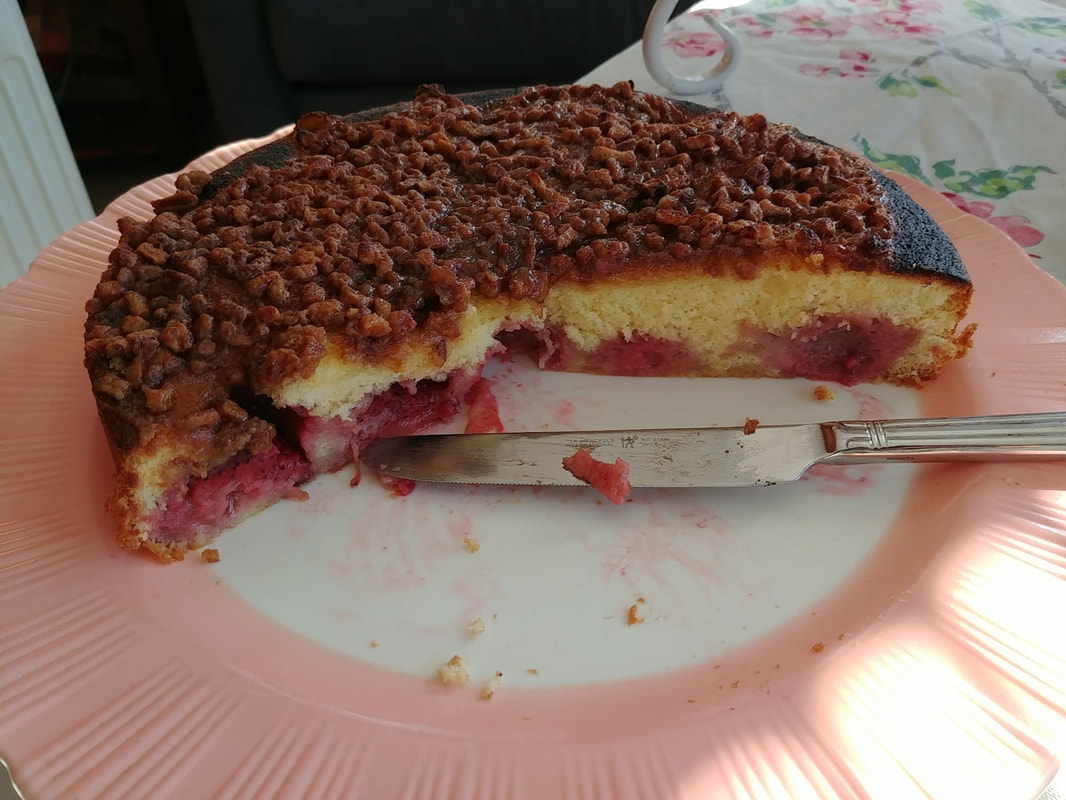
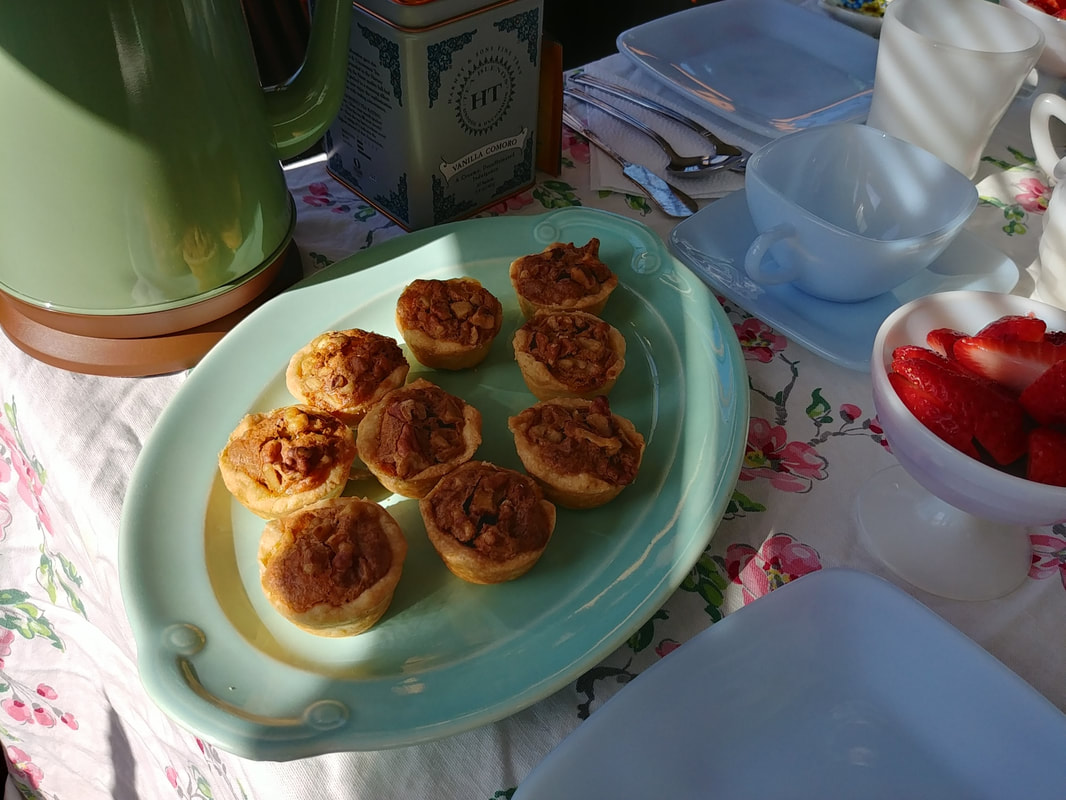
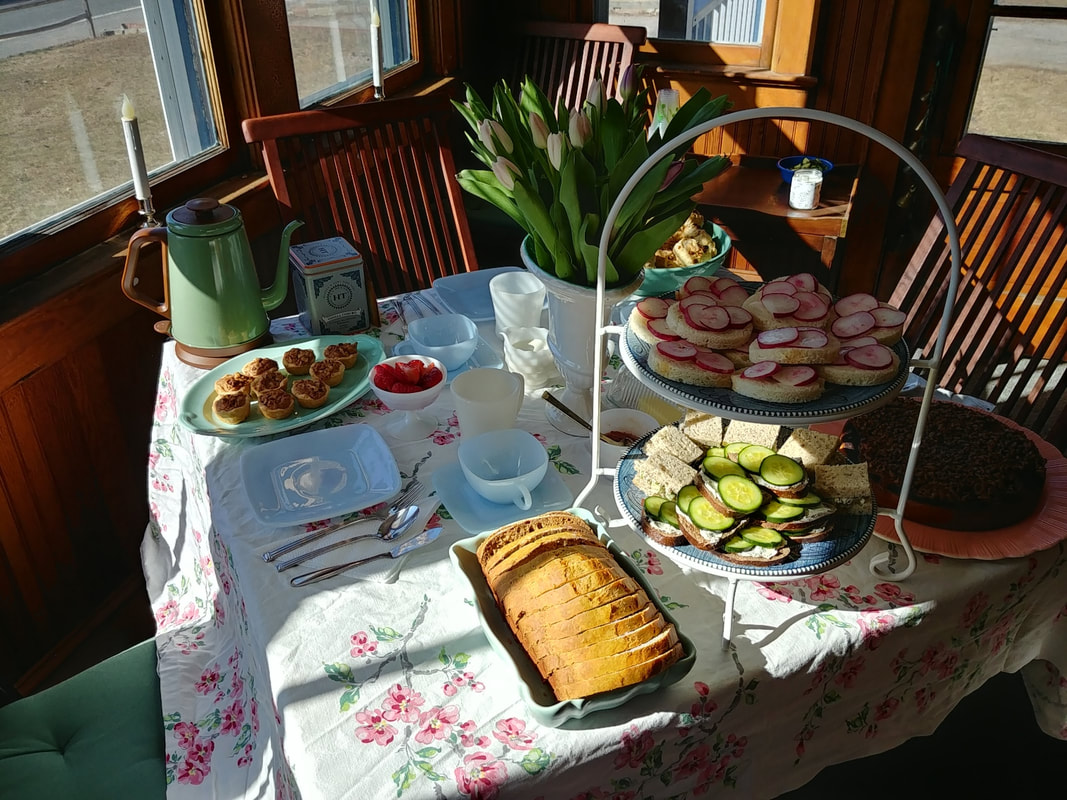
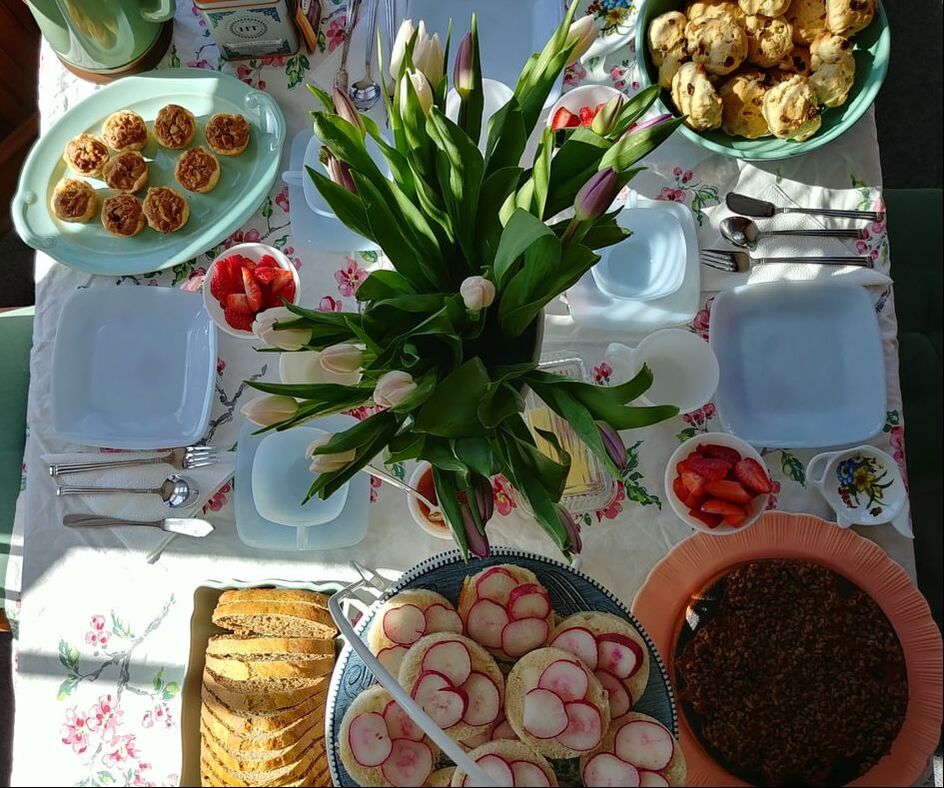
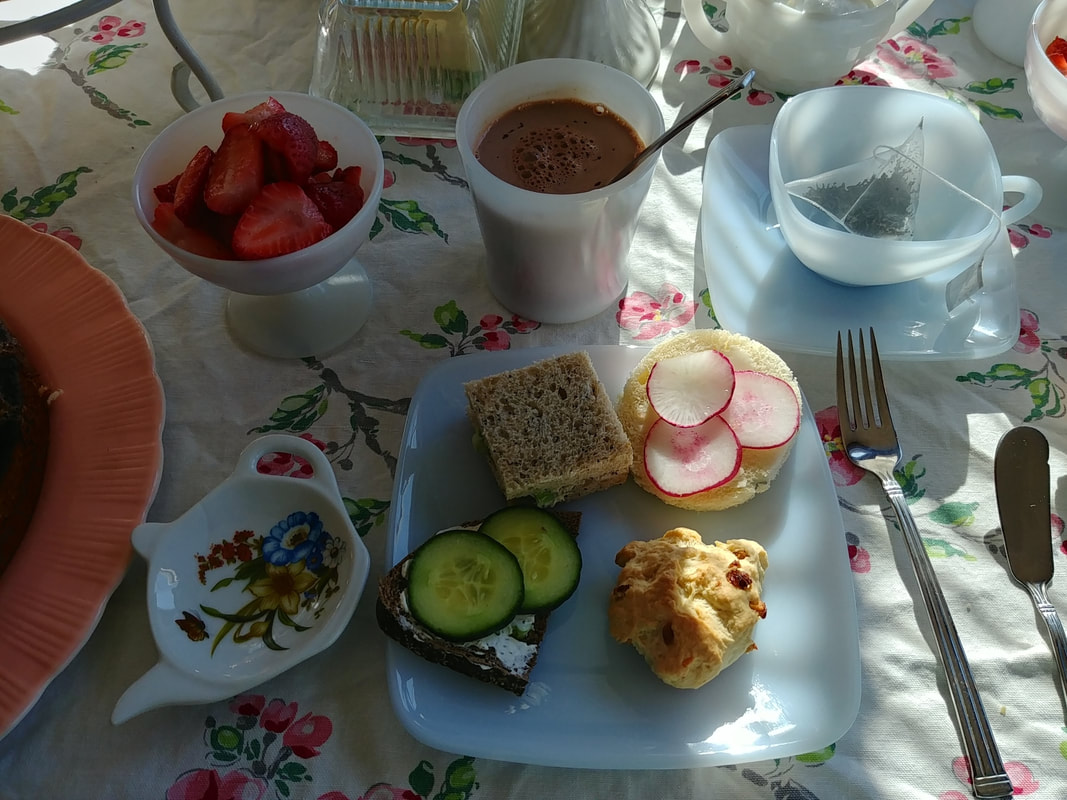
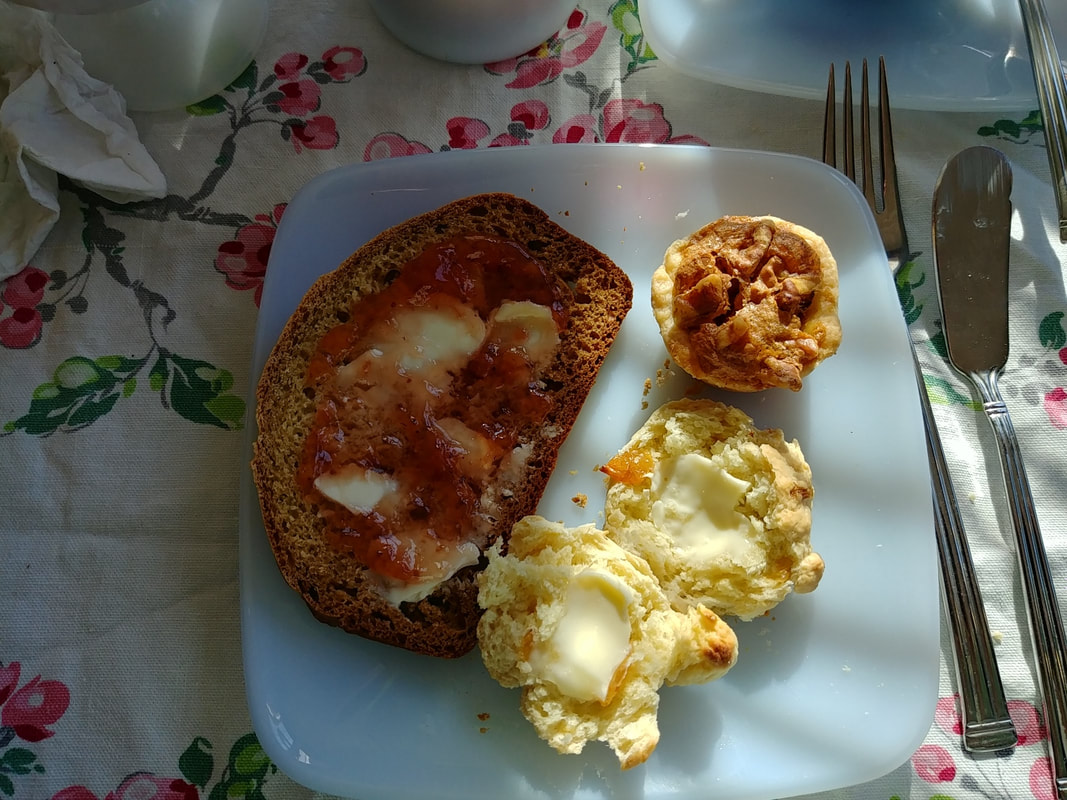
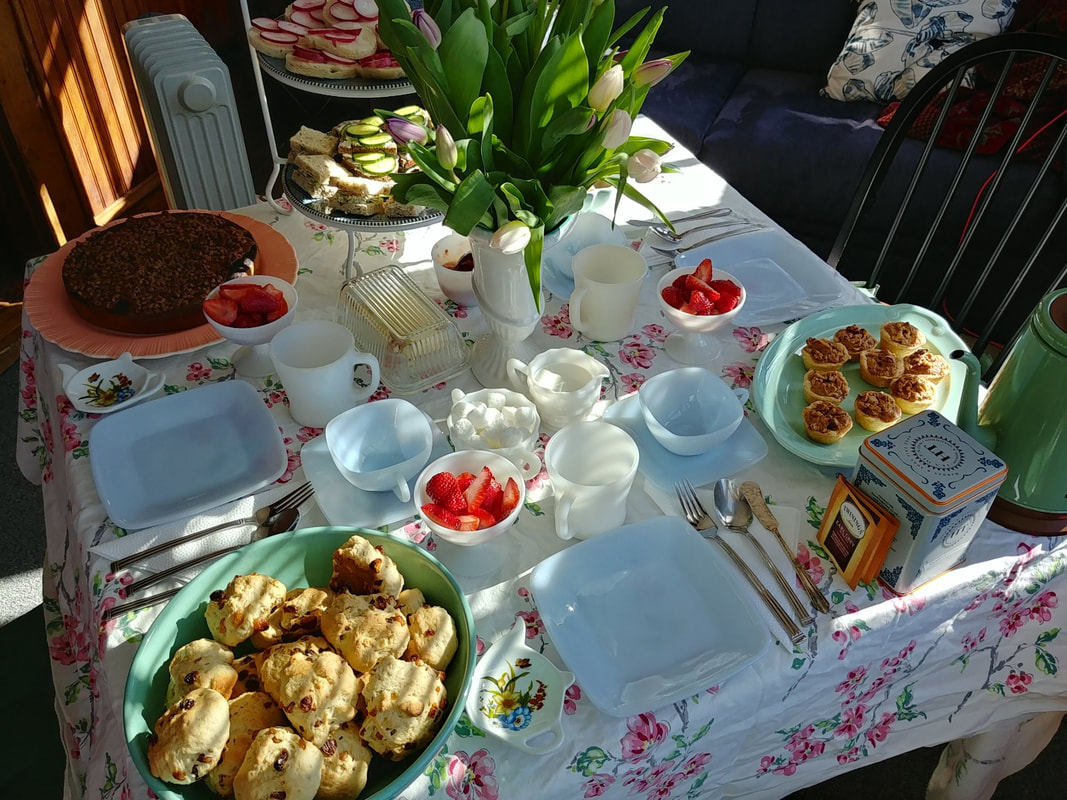
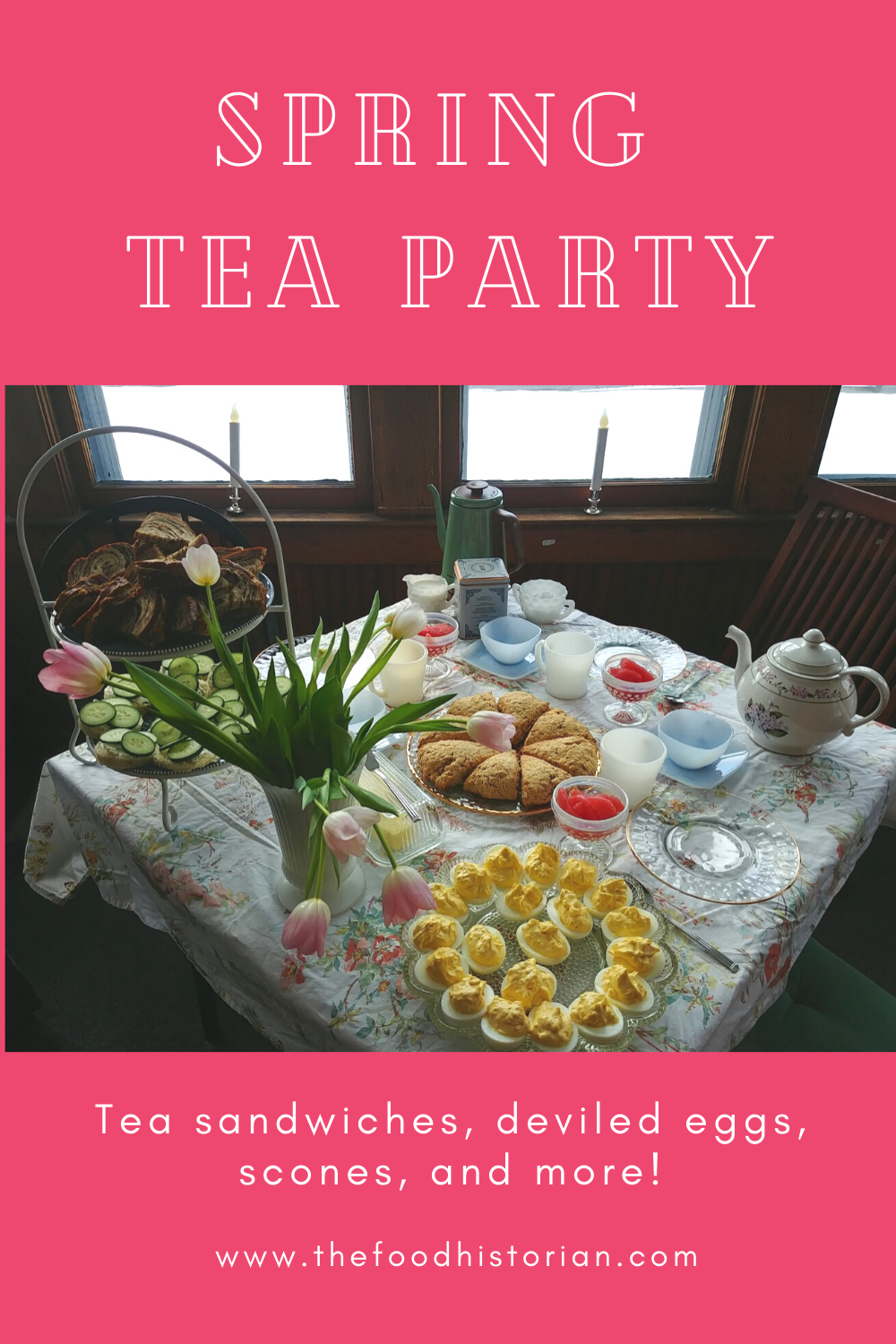
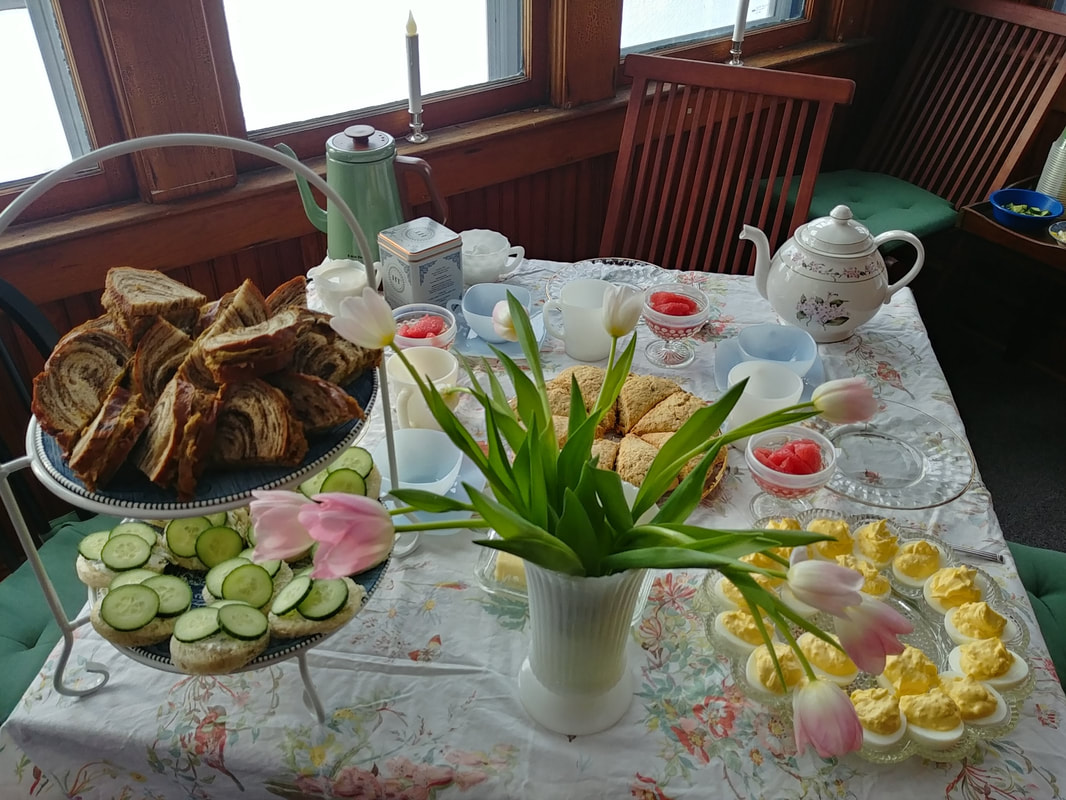
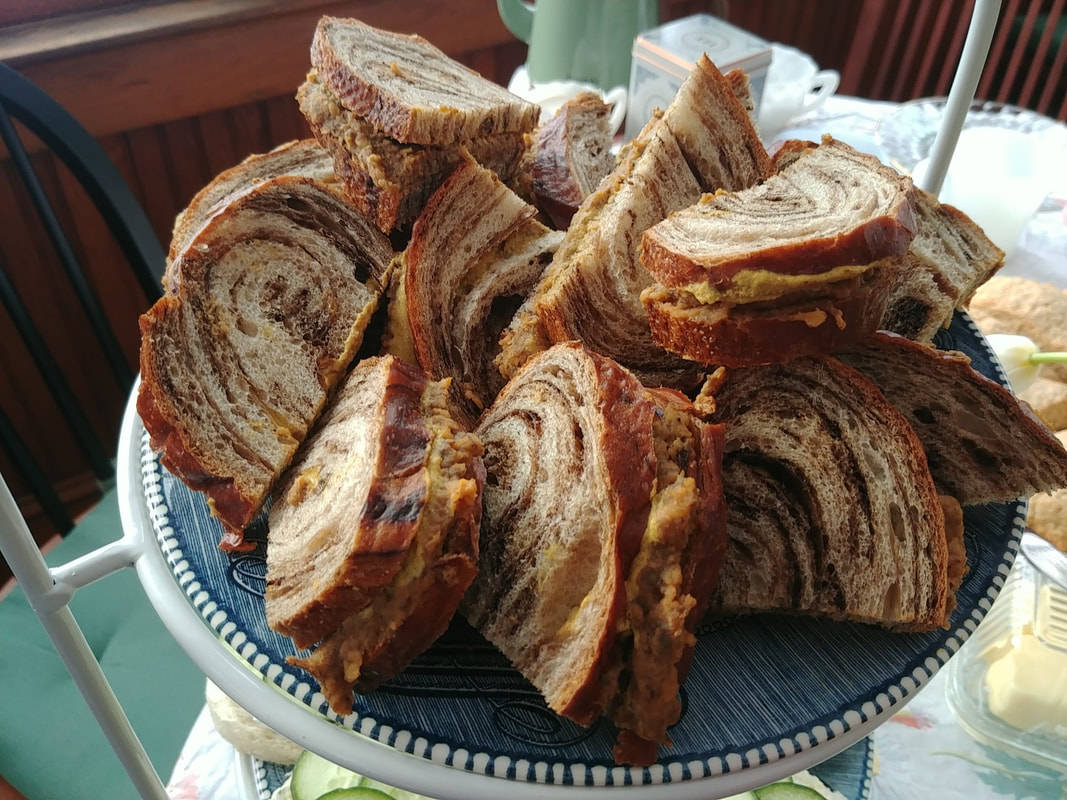
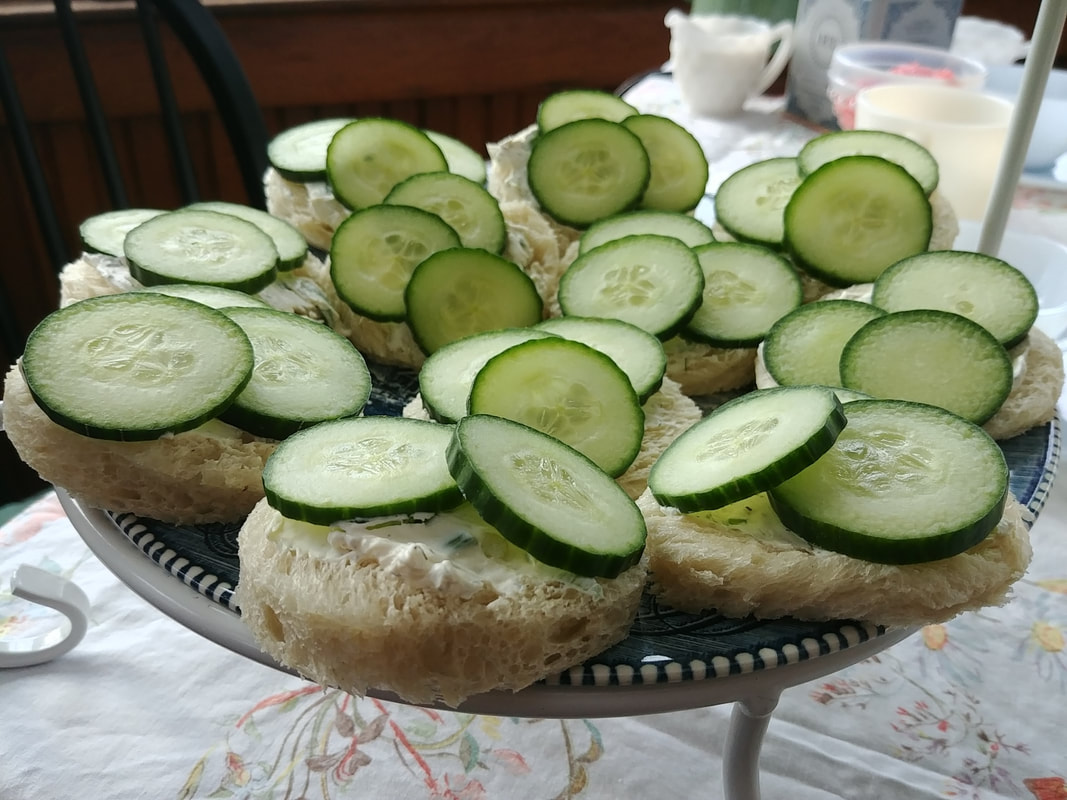
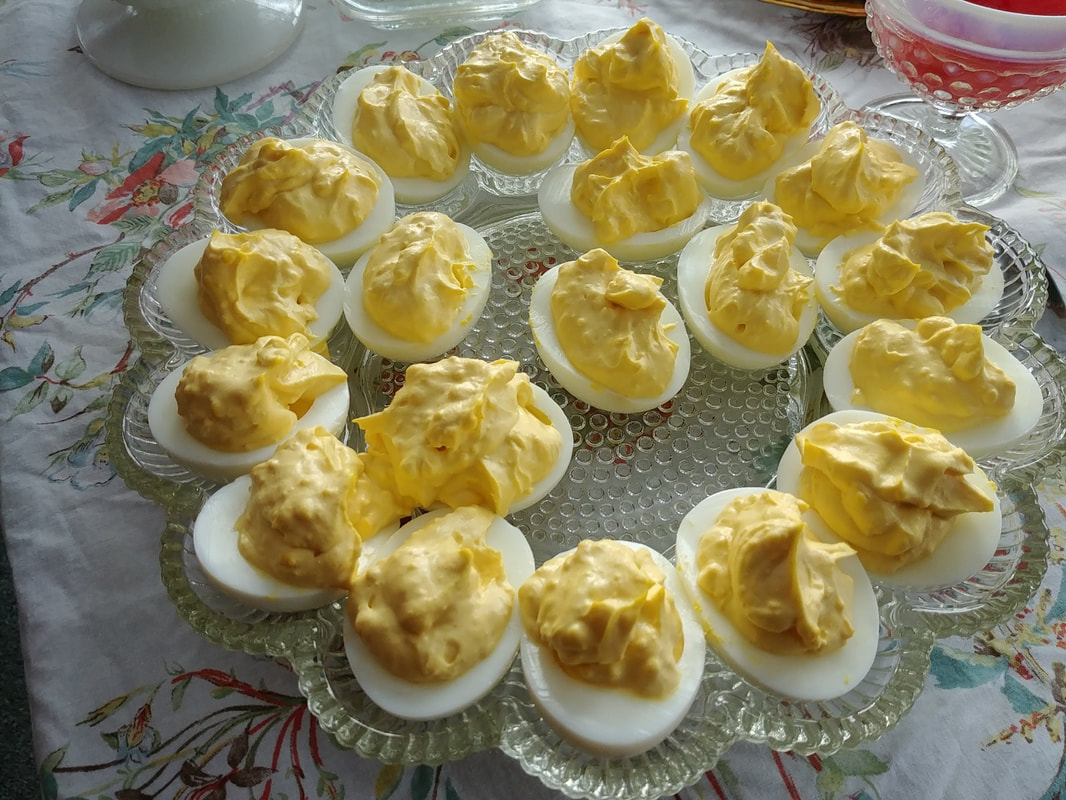
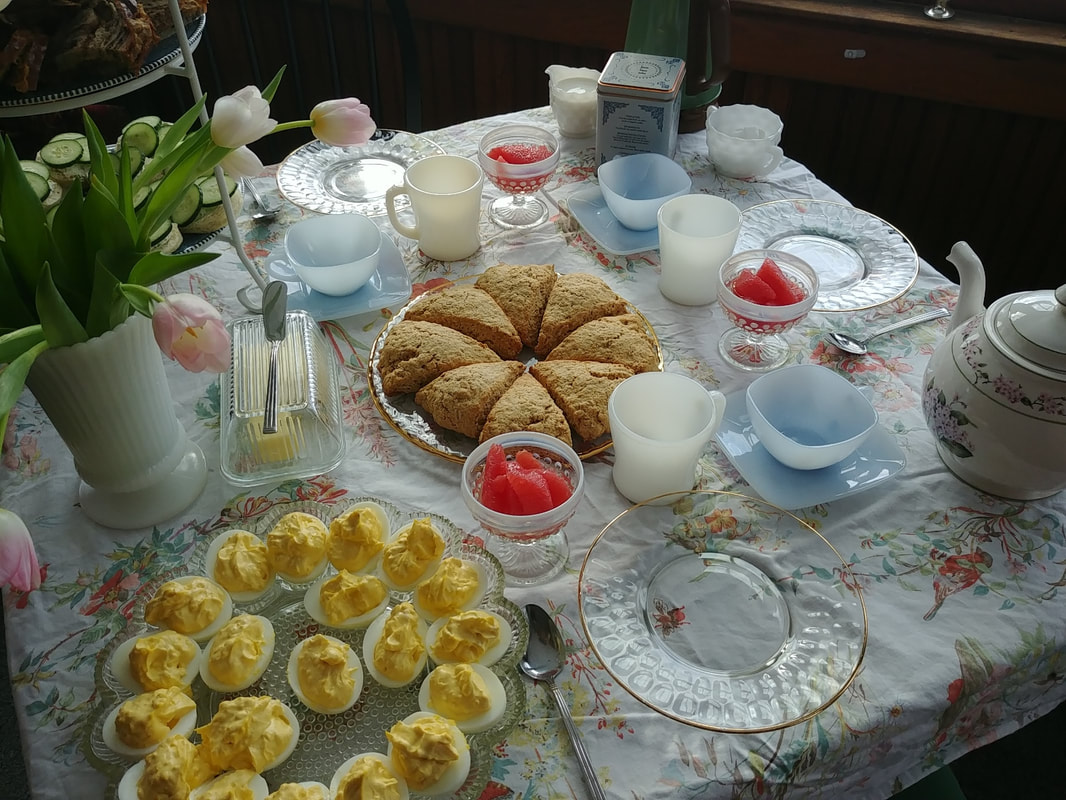


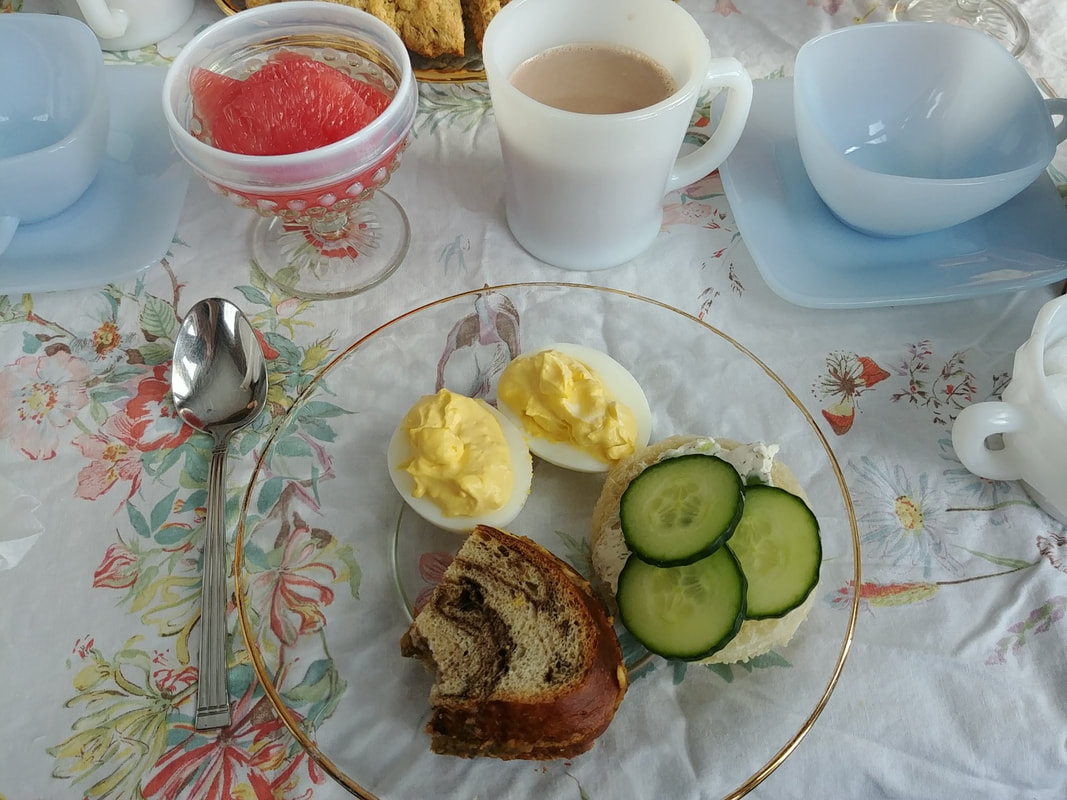

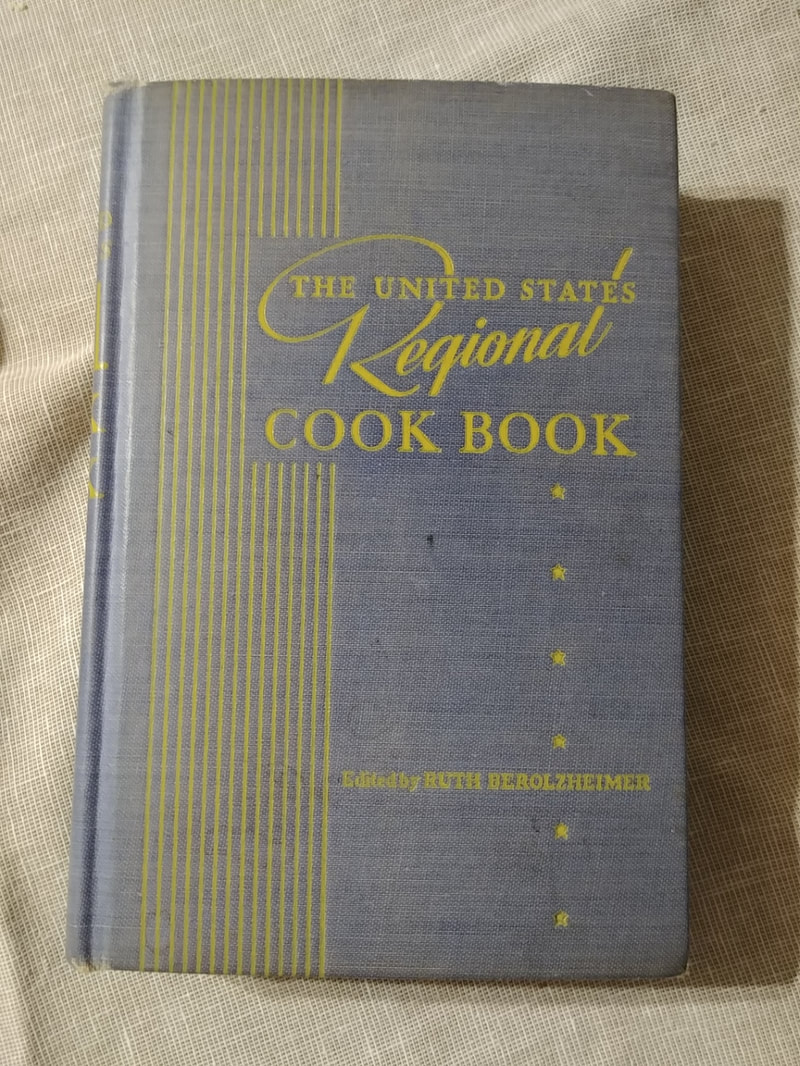
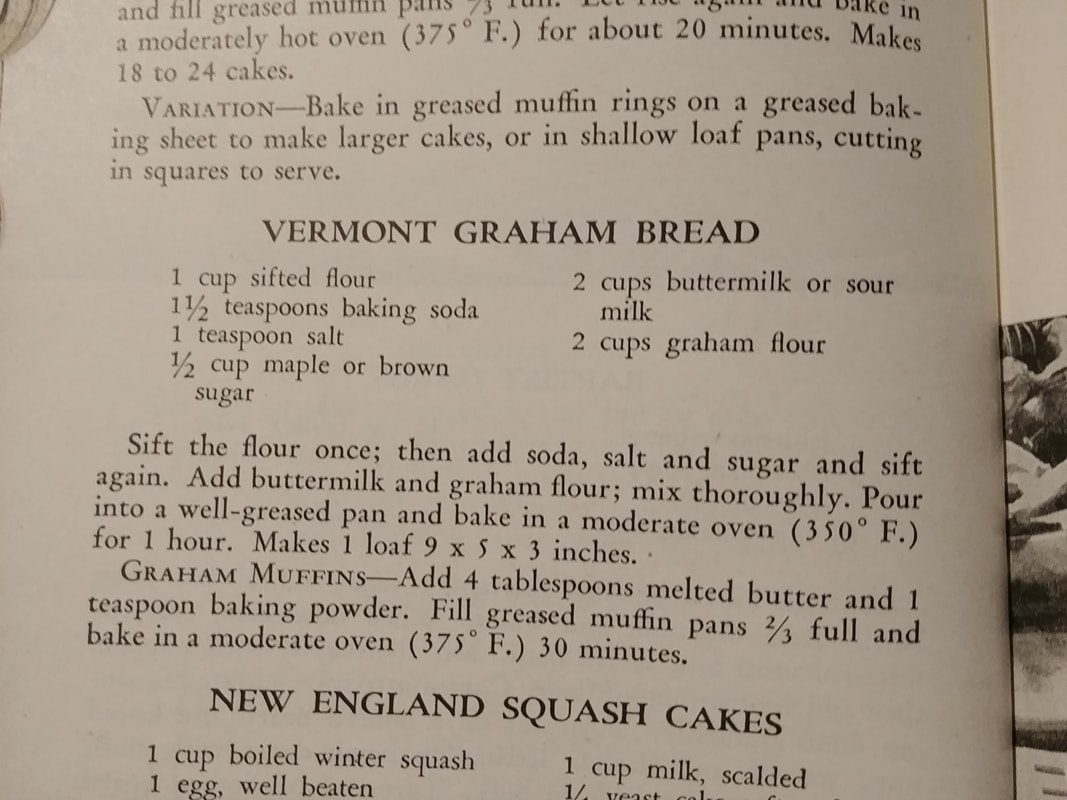
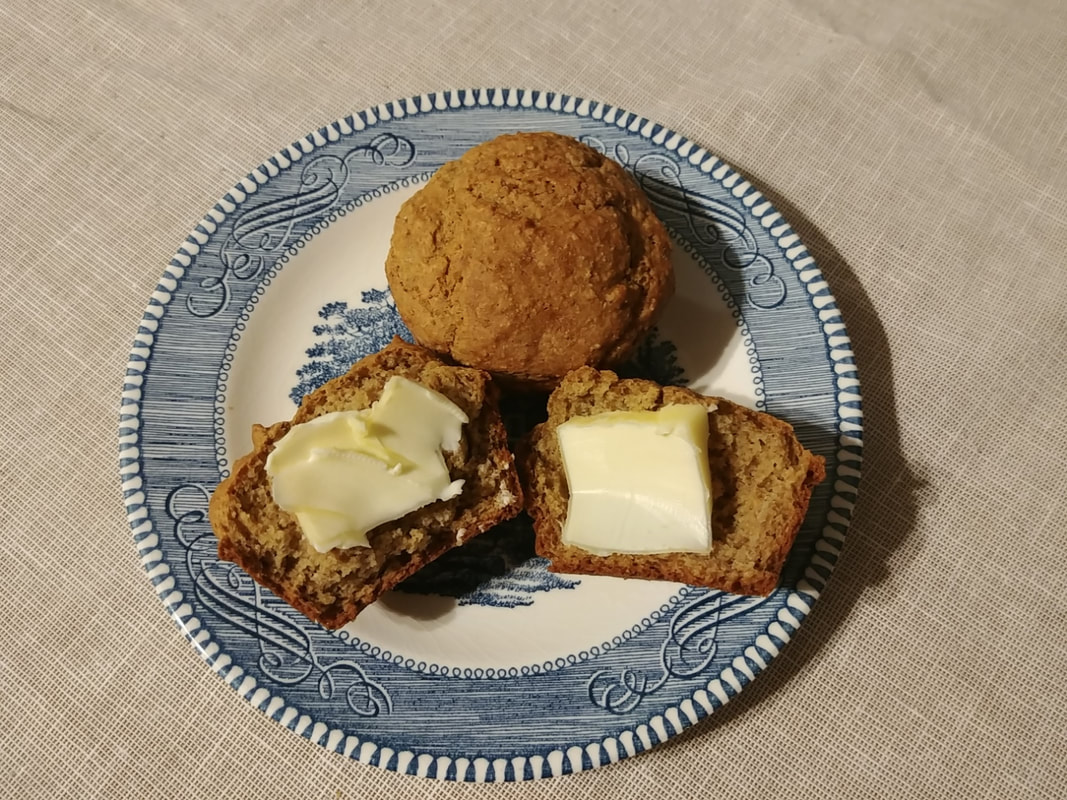

 RSS Feed
RSS Feed